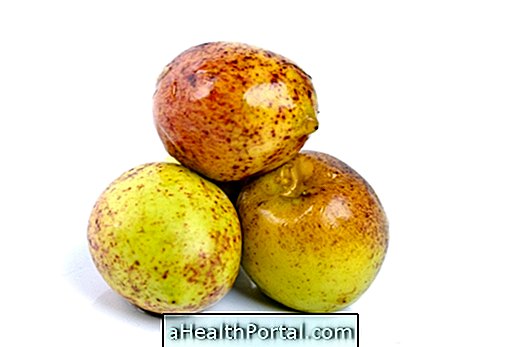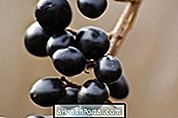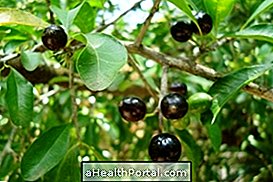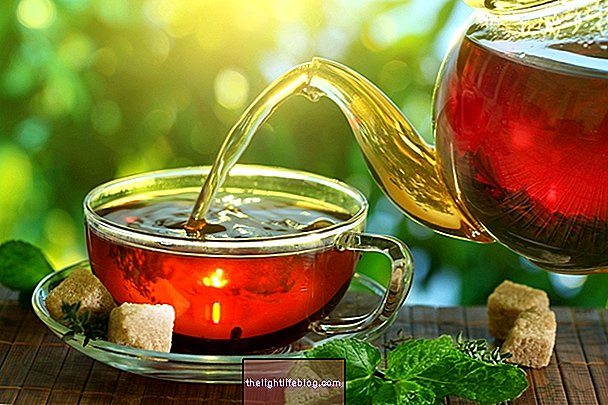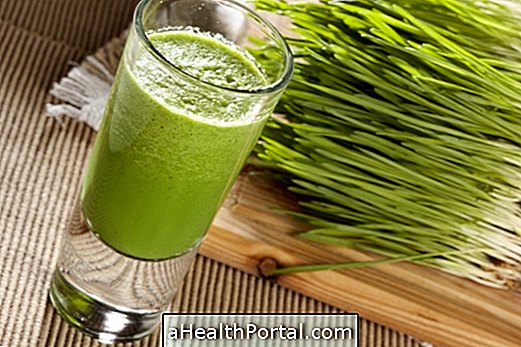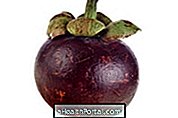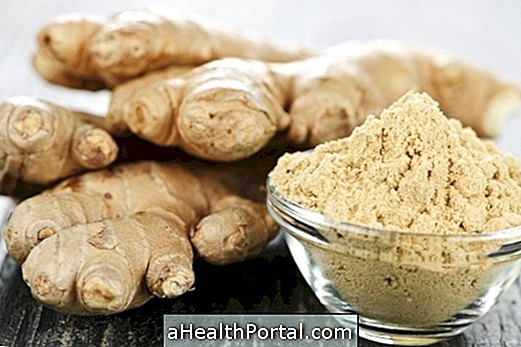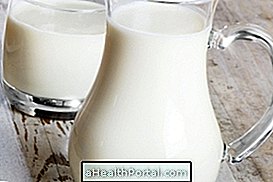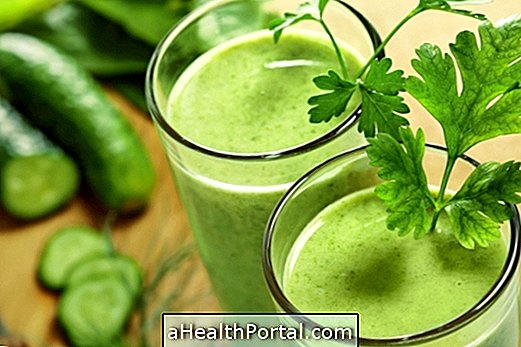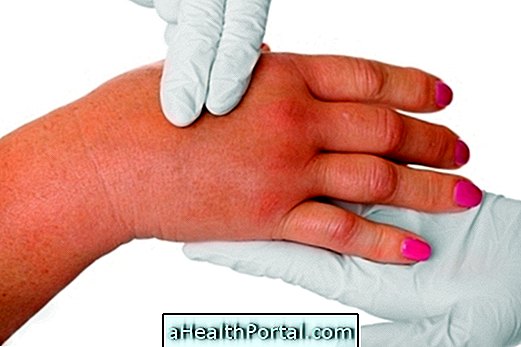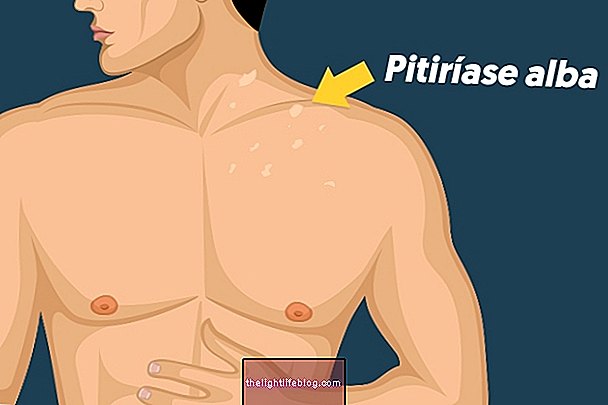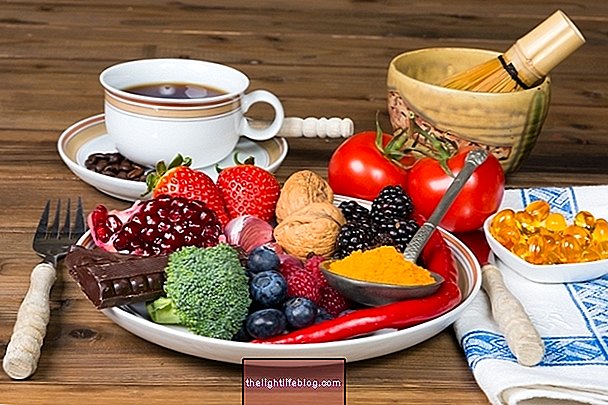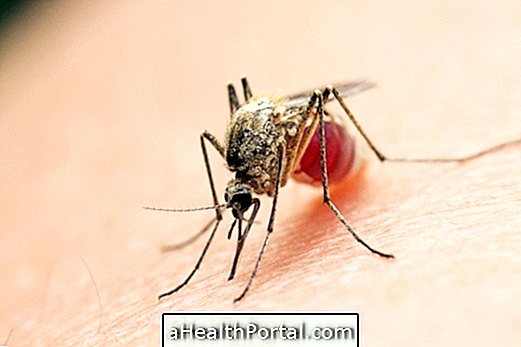Jambu, also known as watercress from Pará, is a very common plant in northern Brazil and is widely used in cooking in salads, sauces and to make tacacá, for example, which is a typical dish in Pará.
This plant, in addition to being widely used in gastronomy, can also be used on a daily basis, because it has an analgesic effect, and can be used to help in the treatment of toothache, throat and herpes.
The scientific name of the jambu isSpilanthes oleracea and can be found in markets, fairs, health food stores or online stores in the form of a plant or essential oil.

Properties of jambu
The jambu has antifungal, diuretic, antiviral, antiseptic, antioxidant and anesthetic properties, mainly, which is due to a substance that is released when the jambu inflorescence is chewed, spilantol. Thus, due to its properties, jambu can have several medicinal applications, and can be used for:
- Helping to fight infection by viruses and fungi;
- Fight free radicals, preventing premature aging;
- Help to relieve toothache and sore throat;
- Assist in the treatment of cough and herpes;
- Increase testosterone levels in men, therefore having an aphrodisiac effect;
- Help to strengthen the immune system, since it is rich in vitamin C.
It is important that the consumption and use of jambu for medicinal purposes is recommended by the doctor or herbalist, and that it does not replace the treatment previously indicated by the doctor.
How to use
Jambu is widely used in gastronomy to prepare salads and sauces, and its leaves can be used to make tacacá or jambu pizza, for example. In addition, the leaves, flowers and roots can be used in the preparation of teas, it is recommended to put 10 g of jambu leaves in 500 ml of boiling water, let stand for 10 minutes, strain and drink up to 3 times a day.
Jambu can also be used in the form of essential oil, and its use should be recommended by the doctor or herbalist.
Jambu can promote uterine contractions and, therefore, its consumption in the form of tea, oil or in recipes is not recommended for pregnant women.
Was this information helpful?
Yes No
Your opinion is important! Write here how we can improve our text:
Any questions? Click here to be answered.
Email in which you want to receive a reply:
Check the confirmation email we sent you.
Your name:
Reason for visit:
--- Choose your reason --- DiseaseLive betterHelp another personGain knowledge
Are you a health professional?
NoMedicalPharmaceuticalsNurseNutritionistBiomedicalPhysiotherapistBeauticianOther
Bibliography
- COSTA, Suzara S. Microwave-assisted extraction of spilantol from flowers, leaves and stems of jambu (Acmella oleracea (L.) R. K. Jansen). Doctoral thesis, 2014. UNICAMP.
- MARTINS, C.P.S .; MELO, M.T.P .; HONORY, I.C.G. et al. Morphological and agronomic characterization of accessions of jambu (Spilanthes oleracea L.) in the conditions of Northern Minas Gerais. Rev. Bras. Pl. Med., Botucatu. Vol 14. 2nd ed; 410-413, 2012
